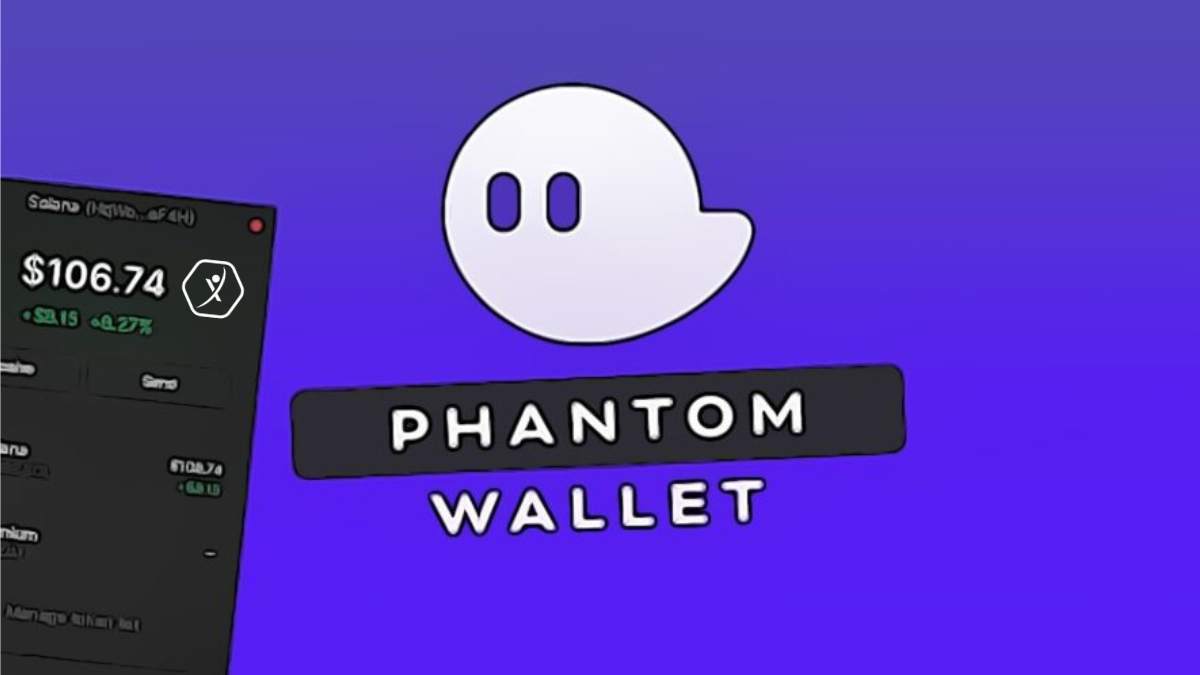Okay, so check this out—I’ve been juggling wallets for a while now, and honestly, it’s a mess sometimes. You know how it goes: one app for your Solana NFTs, another for Ethereum tokens, and a third for some random DeFi stuff you wanna dabble in. It’s like trying to carry a dozen different keys when you just want to open one door. Seriously? That’s the vibe I got before diving into what Phantom’s been cooking up.
My first impression? The Phantom wallet extension seemed just like another browser add-on promising the moon. But whoa, after a couple of weeks using it, something felt off about my old setup—too much friction, too many passwords, too little peace of mind. Phantom’s private key management and multi-chain support actually made me rethink the whole wallet game.
Initially, I thought, “Is this just hype around the Solana ecosystem?” But then I realized Phantom isn’t just about Solana anymore. The extension is stepping up to support multiple chains, which means you don’t have to keep switching wallets like some crypto nomad. It’s a small thing, but for someone who’s hopped between Ethereum, Solana, and a handful of testnets, it’s very very important.
Here’s the thing. Managing private keys feels like holding onto a ticking time bomb. Lose it, and poof—your funds vanish. Phantom handles this in a way that’s both user-friendly and secure, storing keys locally rather than in some cloud server. That gave me a lot more confidence. I mean, I’m biased, but I prefer control over convenience when it comes to keys. And Phantom nails that balance.
Hmm… not everything is perfect though. The multi-chain feature is still evolving, and sometimes you hit weird UI hiccups when toggling between assets. But hey, that’s crypto tech for ya—never quite smooth sailing. The fact that the team’s rolling out updates so often is a good sign, though.
Now, if you’re deep into DeFi or NFT hunting on Solana, the extension is a no-brainer. The seamless integration with dApps means you can connect and transact without fumbling around. Plus, the interface is clean, which really helps when you’re trying to move fast without messing up transactions—because, trust me, mistakes cost real money.
One of the coolest bits? The way Phantom supports staking and swapping without leaving the extension. That’s a game-changer for me. I used to have to juggle a couple of different platforms, but now things just flow. It’s like having a mini DeFi hub in your browser. And yeah, the mobile wallet is solid too, though I prefer using the extension when I’m on desktop.
Oh, and by the way, if you want to check it out, the phantom wallet extension is where you wanna start. Just download, set up your seed phrase carefully, and you’re off to the races.
On one hand, the simplicity Phantom offers is refreshing. Though actually, I sometimes wonder if this ease might lull newer users into complacency—like, are they really grasping the risks of private key management? It’s a fine line between convenience and responsibility, and Phantom seems to be walking it pretty well so far.
What bugs me a bit is the occasional lag when switching networks or loading assets, but maybe that’s just growing pains. Still, it reminds me that no wallet is flawless—especially when multi-chain support is involved. Each blockchain has its quirks, and integrating them smoothly takes time.

Private Keys, Multi-Chain, and Why It Matters
Let me break down why private key management is so very very important here. Your private key is literally the master key to your crypto kingdom. If it leaks or gets lost, your assets are gone forever. Phantom’s approach to keeping keys on your device, encrypted and inaccessible to servers, aligns with best practices. But I’ll be honest—it’s not foolproof. You still need to backup your seed phrase securely, and I’ve seen folks get careless.
Multi-chain support is another beast entirely. Most wallets stick to one chain, which means you’re either locked into a single ecosystem or burdened with multiple wallets. Phantom’s extension bridges that gap, supporting Solana primarily but also branching out to Ethereum and others. This cross-compatibility is critical as DeFi and NFTs spread across chains. It’s like having a universal remote for your crypto devices.
At first, I didn’t appreciate how much time Phantom could save me. But after a few days juggling transactions, the convenience became clear. Less app switching, fewer logins, and a consistent interface really add up. Plus, you get to experiment with new dApps without the usual friction. That feels huge in a space where speed and access matter.
Still, I’m not 100% sure if Phantom’s extension will stay ahead in the long run. Competition is fierce, and other wallets are stepping up their multi-chain game. But what sets Phantom apart is the blend of clean UX and a focus on Solana’s fast, cheap transactions. That combination is tough to beat.
In a way, Phantom is shaping up to be more than just a wallet—it’s a gateway. If you’re curious about entering or deepening your involvement in Solana’s ecosystem, this extension is a solid starting point. The way it handles private keys, multi-chain assets, and dApp connectivity feels like a glimpse into the future of crypto usability.
Anyway, this whole experience made me rethink my crypto setup. I’m still cautious—always will be—but Phantom’s extension made me feel a bit more in control and a lot less frustrated. If you’re tired of managing a dozen wallets or scared of losing keys, it’s worth a shot. Just don’t slack on securing your seed phrase. That part’s on you.


No Comments